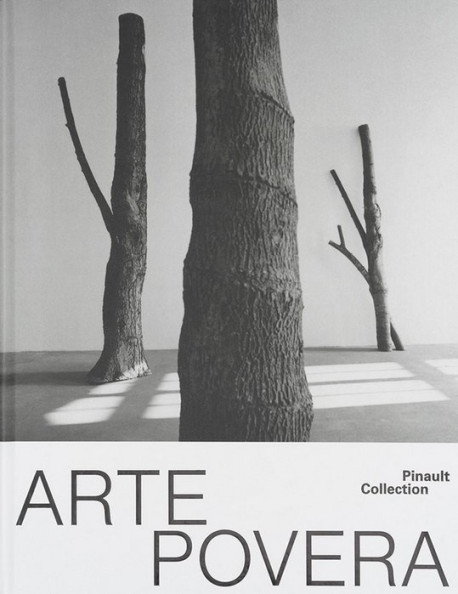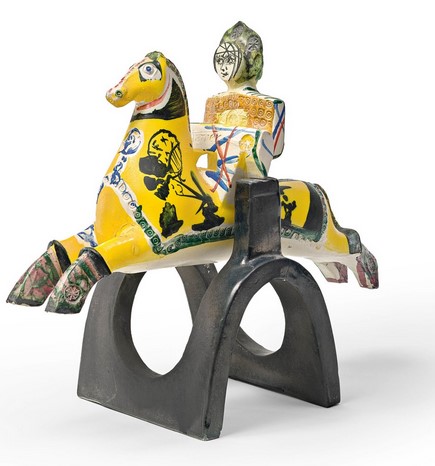No products
Product successfully added to your shopping cart
There are 0 items in your cart. There is 1 item in your cart.
Our webstore uses cookies to offer a better user experience and we consider that you are accepting their use if you keep browsing the website.

New Art Books
- New Art Books
- Exhibition catalogue
- Highlights
- Art Book Sale
- Museum's Shop & Gifts
- Bilingual art books and foreign editions
- Children's Books
- Art History
- Painting
- Architecture
- Sculpture
- Drawing & Engraving
- Photography
- Contemporary art
- Decorative Arts & Design
- Art Techniques
- Critics
- Entertainment art books
- Civilisations
- Partners Reviews
Arte povera - Pinault collection
The Bourse de Commerce, Pinault Collection presents a major exhibition devoted to Arte Povera. Between legacies and influences, the exhibition comprises more than 250 historic and contemporary works, as well as pieces that have taken their inspiration from this major Italian artistic movement of the 1960s.
Shipped within 3 to 6 days
| Model | 9782373722062 |
| Artist | Arte povera |
| Author | Carolyn Christov-bakargiev, Gabriele Guercio, Marcella Beccaria, Ricardo Passoni, Fabio Cafagna |
| Publisher | Dilecta |
| Format | Ouvrage broché |
| Number of pages | 352 |
| Language | Bilingue Français / English |
| Dimensions | 280 x 218 |
| Published | 2024 |
| Museum | Bourse de Commerce - Pinault Collection, Paris |
Exhibition Catalogue Arte Povera, presented at the Bourse de Commerce - Pinault Collection, Paris (9 october 20024 - 20 january 2025).
The catalogue explains both the Italian birth and the international emanation of the Arte Povera movement through works by the thirteen main protagonists : Giovanni Anselmo, Alighiero Boetti, Pier Paolo Calzolari, Luciano Fabro, Jannis Kounellis, Mario Merz, Marisa Merz, Giulio Paolini, Pino Pascali, Giuseppe Penone, Michelangelo Pistoletto, Emilio Prini, and Gilberto Zorio.
“In the mid-1960s, a certain number of Italian artists, mainly from Turin, Genoa, Bologna, Milan, and Rome, gave rise to a body of work that is original, free-spirited, utterly unconventional, and non-dogmatic, one that expanded the domains of painting, sculpture, drawing, and photography, and which created the first ‘installations’ in art history, as well as performance works and actions.
By using simple materials and techniques, these artists have created installations involving the viewer in the work itself. By privileging elements that are ‘natural’ and ‘rural’ (such as soil, potatoes, lettuce, water, coal, trees, and the living bodies of animals and humans), as well as ‘artificial’ and ‘urban’ (elements found in hardware stores such as stainless steel plates, lead ingots, light bulbs, wood beams, and neon tubes), their works trigger flows of physical, chemical, and even psychic energy, drawing on notions of memory and emotion to engage their viewers”, says the curator Carolyn Christov-Bakargiev, an internationally recognised specialist of this artistic movement.
Recently viewed items












